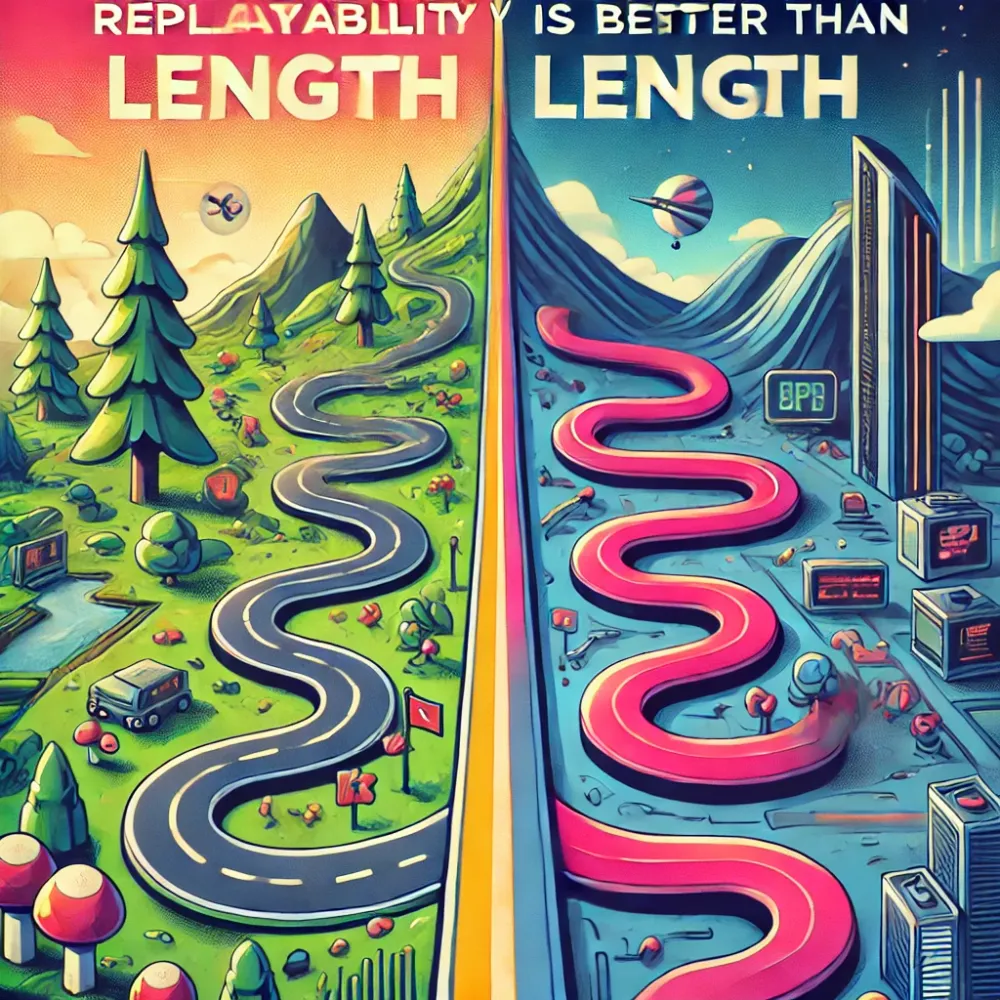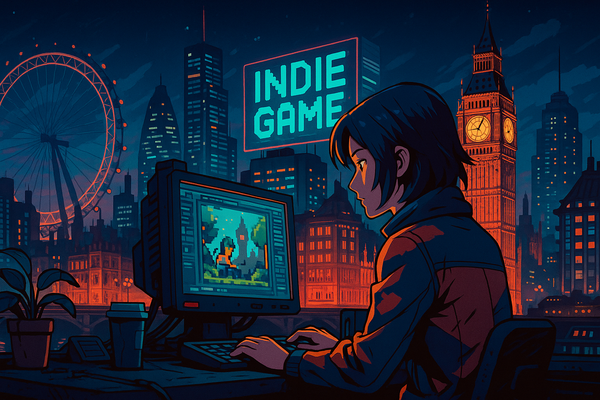Why replayability is better than length in indie game development
Creating a game that resonates with players often means striking a balance between various elements like story, gameplay mechanics, and content. One debate that frequently arises is the value of replayability versus the sheer length of the game. While length can contribute to the sense of value for some players, replayability offers a more dynamic and engaging experience that can significantly extend a game’s life and appeal. Here’s why focusing on replayability is better than simply making a game longer.
Understanding the limitations of length
The length of a game refers to the total amount of time it takes for an average player to complete the main story or primary objectives. Longer games often promise more content, which can be appealing to players who equate length with value. However, there are several limitations to relying solely on length to enhance a game’s appeal:
- Risk of padding content: To extend the length of a game, developers may be tempted to add filler content, such as repetitive tasks, unnecessary backtracking, or prolonged dialogue sequences. This can dilute the overall experience, making the game feel tedious rather than engaging(Game Design Skills).
- Increased development costs: Creating a longer game requires more resources, time, and money. For indie developers with limited budgets, this can be a significant burden. Moreover, the extra content might not always translate into a better player experience, particularly if it lacks depth or originality(Game Design Skills).
- Potential for player fatigue: Long games can sometimes overwhelm players, especially if the pacing is slow or the content becomes monotonous. Player fatigue can set in, leading to a loss of interest before the game is completed. This can negatively impact reviews and word-of-mouth recommendations, which are crucial for the success of indie games(SDLC Corp).
The value of replayability
Replayability refers to a game’s ability to remain enjoyable and engaging on multiple playthroughs. Games with high replayability offer different experiences each time a player returns, whether through varied gameplay, branching narratives, or procedural generation. Here’s why replayability often trumps sheer length:
- Enhanced player engagement: Replayable games encourage players to explore different strategies, choices, or playstyles. This active engagement keeps the game fresh and exciting, even after multiple playthroughs. Games like Hades or Slay the Spire are prime examples of titles that excel in replayability, offering new challenges and experiences each time players dive back in(Kodex).
- Better resource utilization: Focusing on replayability allows developers to maximize the impact of their content without needing to create vast amounts of additional material. By designing systems that encourage different approaches—such as character builds, random events, or alternate endings—developers can create a rich, replayable experience that doesn’t require extensive resources(Kodex).
- Extended longevity: Games with high replayability tend to have a longer lifespan in the market. Players are more likely to return to these games over time, providing continued engagement and opportunities for word-of-mouth marketing. This extended longevity can be particularly beneficial for indie games, which often rely on strong community support to succeed(SDLC Corp).
- Fostering community and challenge: Replayable games often foster vibrant communities where players share strategies, challenges, and experiences. This community aspect can drive long-term interest in the game and create a culture of shared experiences that extends beyond the game itself. Leaderboards, challenges, and modding communities can further enhance this aspect, keeping the game relevant long after its release(SDLC Corp).
Implementing replayability in game design
To effectively implement replayability, developers can consider several strategies:
- Procedural generation: Games that use procedural generation, such as Rogue-like titles, offer unique experiences each time by randomly generating levels, enemies, or loot. This ensures that no two playthroughs are exactly the same, maintaining interest and challenge(Kodex).
- Branching narratives: Offering multiple story paths or endings based on player choices can significantly increase replayability. Players are encouraged to replay the game to explore different outcomes, deepening their connection to the story and characters(SDLC Corp).
- Varied playstyles and challenges: Designing a game that supports multiple playstyles, such as stealth versus combat or different character builds, can enhance replayability. Additionally, adding challenge modes or difficulty settings can give players reasons to revisit the game(Game Design Skills).
- Community-Driven content: Supporting modding or user-generated content can significantly extend a game’s life. By allowing the community to create and share new content, developers can ensure that the game continues to evolve and offer fresh experiences long after its initial release(SDLC Corp).
The strategic advantage of replayability
While length can contribute to a game’s perceived value, replayability offers a more sustainable and engaging approach to game design. By focusing on creating a game that players want to return to again and again, indie developers can maximize their resources, foster community, and ensure their game has a lasting impact. In the end, a game that players keep coming back to is far more valuable than one that simply lasts longer.



